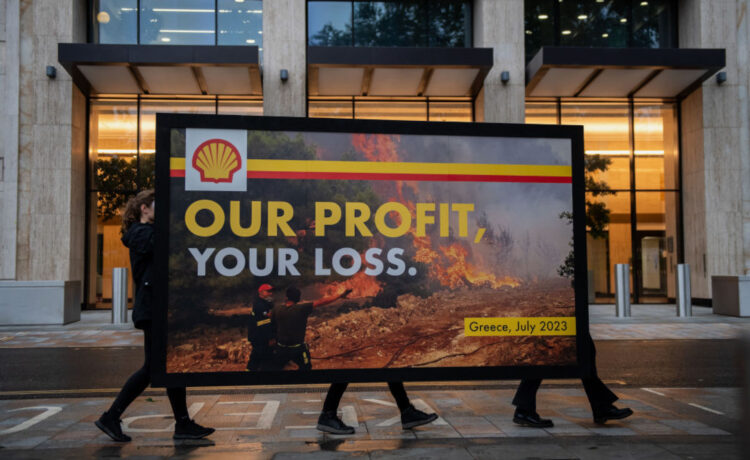
Photo Credit: Getty Images
A recent report has revealed that European Union-regulated funds designated for sustainable causes have invested $18 billion in 200 of the world’s largest polluters.
What’s happening?
An investigation led by the news outlet Voxeurop and assisted by the Guardian and other media outlets analyzed investments in 25 of the biggest polluters across the eight industries most responsible for carbon pollution.
Data from the last quarter of 2023 unveiled that approximately 20% of $87 billion classified under the environmental and social sections of the EU’s sustainable finance directive comes “from funds that also market themselves using environmentally friendly terms.”
Most of the $18 billion investment in the 200 companies — which included fast-fashion brands, fossil fuel companies, and SUV manufacturers — fell under the purview of Article 8, which is specific to environmental or social causes. Another $2 billion came from funds classified under Article 9, which focuses on sustainability.
“Europe’s biggest green portfolios are just the same dirty companies, repackaged as sustainable,” Transport and Environment’s sustainable finance director Xavier Sol told the Guardian.
The investigation also found that $11.7 billion of the funds allocated to the biggest polluters came from funds labeled as “ESG,” or environmental, social, and governance. Meanwhile, $1.1 billion came from funds with names that included keywords such as “clean,” “transition,” “net zero,” and “Paris,” the last two of which refer to the Paris Agreement.
Furthermore, the investigation uncovered that just 10 asset managers accounted for 25% of investments into big polluters. A few, including Amundi, Intesa Sanpaolo, and Fidelity, denied wrongdoing and maintained that the investment did not interfere with any green initiatives.
Why are the investments important?
According to the Guardian, “the classifications are often used to showcase a financial product’s environmental credentials.” However, several companies have taken advantage of the loose guidelines to make themselves appear more eco-friendly — otherwise known as greenwashing.
That manipulation tactic is frequently used by dirty energy companies and large corporations, allowing them to benefit financially while maintaining the guise of environmental consciousness.
“Status as ‘Article 8’ or ‘Article 9’ products have been used since the outset in marketing material as ‘quality labels’ for sustainability, consequently posing greenwashing and mis-selling risks,” European banking and insurance watchdogs said.
“Pension savers and the general public are being misled when it comes to sustainable finance,” Lara Cuvelier, a sustainable investment campaigner at Reclaim Finance, said of the Voxeurop and Guardian’s report.
What’s being done about the greenwashing?
Campaigners have advocated for systemic reforms to outlaw greenwashing, such as stricter policies on labeling to avoid confusion among consumers.
Last month, the European Securities and Markets Authority implemented revised guidelines (PDF) that prevent substantial funding to fossil fuel companies from promoting themselves as green. However, the restrictions won’t take effect until later this year, aren’t legally binding, and don’t have to be adopted by national governments.
“We’re seeing now that it’s not enough,” Cuvelier said of the regulations.
Thankfully, recent efforts, such as the landmark case against Dutch airline company KLM and a lawsuit against oil giants, have begun to hold parties accountable for the Earth’s overheating and give hope for a cleaner, cooler future.
Join our free newsletter for cool news and actionable info that makes it easy to help yourself while helping the planet.
















